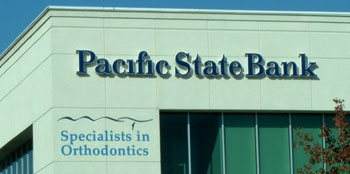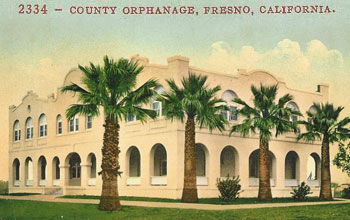We tried to have breakfast at two different Waffle Houses. The crowd scared us at the first, and the fact that no one would wait on us drove us away from the second. So we moved on to lunch at what is apparently one of the last remaining S&S Cafeterias. We had our Hoppin’ John and our collard greens and our assorted pork products, thus assuring a happy and prosperous New Year.
Finally it was time to walk around downtown. We limited ourselves to Meeting and King Streets, and the verdict was that either is much better north of Calhoun, which is where the hipster shopping mall zone ends, or south of Broad, where it becomes largely residential. All in all, the New Year’s Day crowds were much less infested with hipster clones, although a few could still be found roaming around in ugly shoes and brand new sweatsuit jackets which had been “aged” using godonlyknows what chemicals.
Downtown Charleston, like downtown Savannah, illustrates the history of a city which was initially one of the largest in the southeast, but which had become rather irrelevant by the 1920s. The extremely long, but low-rise main street indicates that Charleston’s day had come and gone long before that early twentieth century period that screams “urban” to most people today. Thus, it seems very small and quaint even though it was clearly once regarded as a very big city.
After covering the commercial strip, one very nice boneyard, a bit of residential, and the Battery, it was time to stop by the Harris-Teeter (simply because it was there) and drive home to Charlotte.














